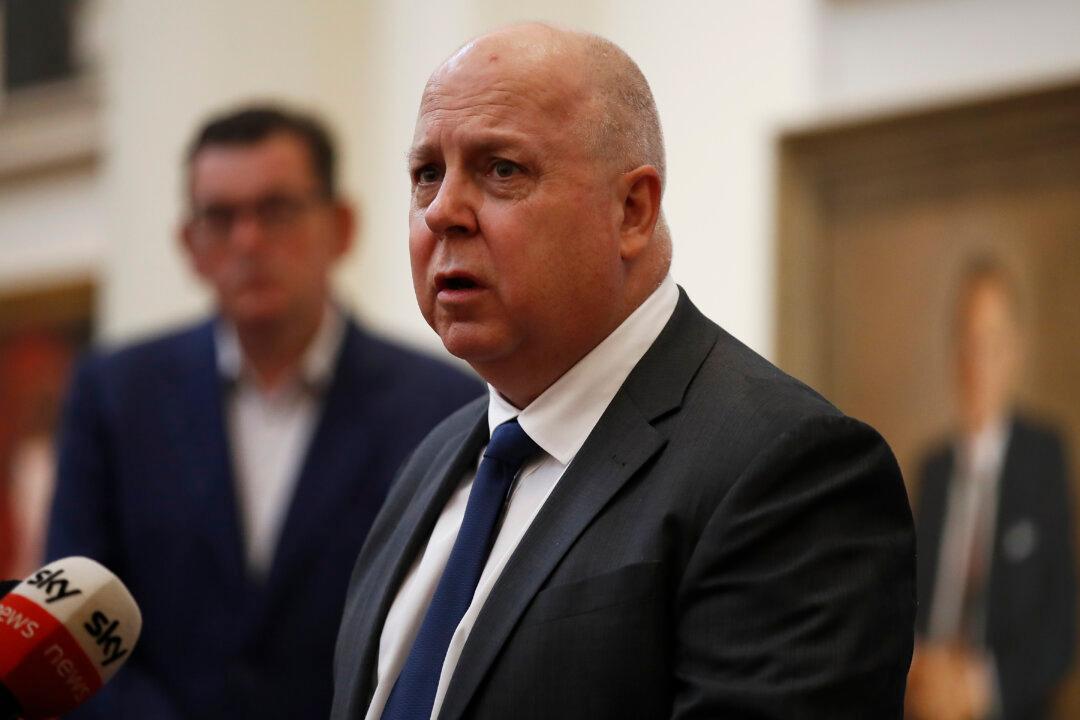Victoria’s bank balance appears to be heading further into the red with gross debt levels predicted to exceed the state’s consolidated revenue by at least double in three years time, Victoria’s Auditor-General has found.
But state treasurer Tim Pallas maintains that “delivering responsible financial management” by prioritising employment, business and consumer confidence in the short-term is “appropriate” given the nature of the pandemic.





